(NLDO) - The Hubble Telescope has captured an object that scientists cannot classify, located 54 million light years away from us.
According to NASA, most of the galaxies that humans have observed so far belong to one of two basic types of objects called "spiral galaxies" or "elliptical galaxies".
But NGC 4694, a world located 54 million light-years away in the Virgo galaxy cluster, seems to hover between those two completely opposite galactic worlds.
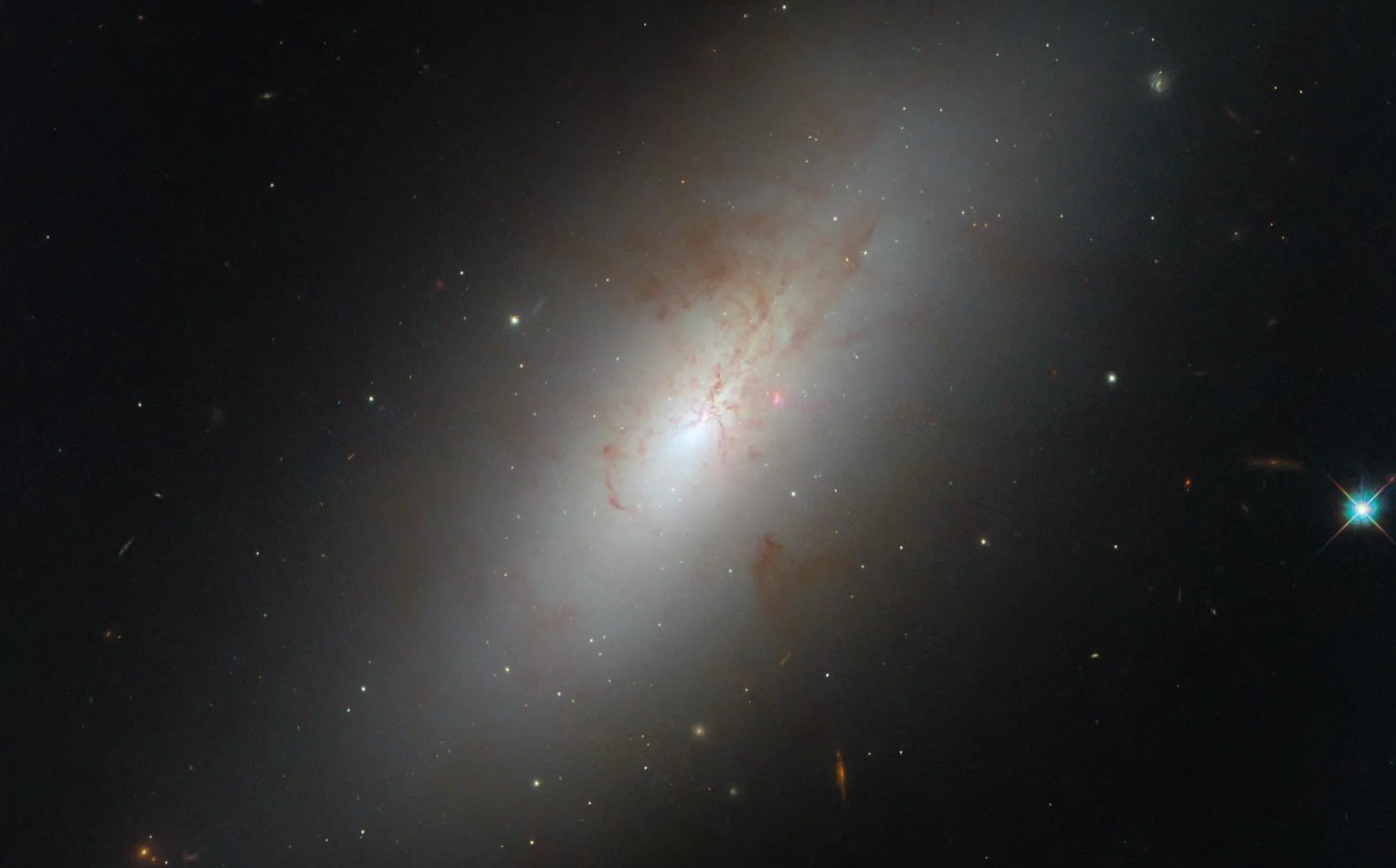
The puzzling object NGC 4694 - Photo: NASA/ESA
Young and active spiral galaxies, filled with gas needed to form new stars, have spiral arms containing these bright, hot young stars.
Elliptical galaxies are quieter with older, redder stars and lack the bright spiral arms.
NGC 4694 has a smooth-looking disk with no spiral arms, giving it the overall appearance of an elliptical galaxy.
But this object also possesses a relatively young stellar population and new stars are actively forming in its core, creating a brilliant central region with a stellar configuration markedly different from that of classical elliptical galaxies.
Although elliptical galaxies often contain significant amounts of dust, they generally do not contain the fuel needed to form new stars.
NGC 4694 is filled with hydrogen gas and dust typically found in a young, active spiral galaxy, and a giant invisible cloud of hydrogen gas surrounds the galaxy.
Further analysis revealed that this surrounding cloud of hydrogen gas forms a long bridge leading to a nearby, faint dwarf galaxy called VCC 2062.
So scientists concluded this was the crux of the strangeness.
The "between-worlds" object NGC 4694 may have originally been a genuine elliptical galaxy, rejuvenated in the manner of the legendary vampire.
The two galaxies have undergone a violent collision, and the larger NGC 4694 is accreting gas from the smaller galaxy.
This collision gave NGC 4694 its distinctive shape and star-forming activity, making it a relatively recent and poorly represented group of non-basal galaxies.
Lenticular galaxies lack obvious spiral arms, but still have a central bulge and disk. They also contain more star-forming gas than a typical elliptical galaxy.
But there are still many features that make NGC 4694 difficult to classify.
"We need to dig a little deeper to discover their true nature, and thanks to Hubble, we have the ability to uncover their secrets," NASA said.
Source: https://nld.com.vn/lo-dien-sieu-vat-the-giua-2-the-gioi-khien-nasa-boi-roi-196241127112206562.htm


![[Photo] Prime Minister Pham Minh Chinh receives United Nations Secretary-General Antonio Guterres](https://vphoto.vietnam.vn/thumb/1200x675/vietnam/resource/IMAGE/2025/10/25/1761390212729_dsc-1484-jpg.webp)

![[Photo] National Assembly Chairman Tran Thanh Man receives United Nations Secretary-General Antonio Guterres](https://vphoto.vietnam.vn/thumb/1200x675/vietnam/resource/IMAGE/2025/10/25/1761390815792_ctqh-jpg.webp)

![[Photo] Prime Minister Pham Minh Chinh and United Nations Secretary-General Antonio Guterres attend the Press Conference of the Hanoi Convention Signing Ceremony](https://vphoto.vietnam.vn/thumb/1200x675/vietnam/resource/IMAGE/2025/10/25/1761391413866_conguoctt-jpg.webp)
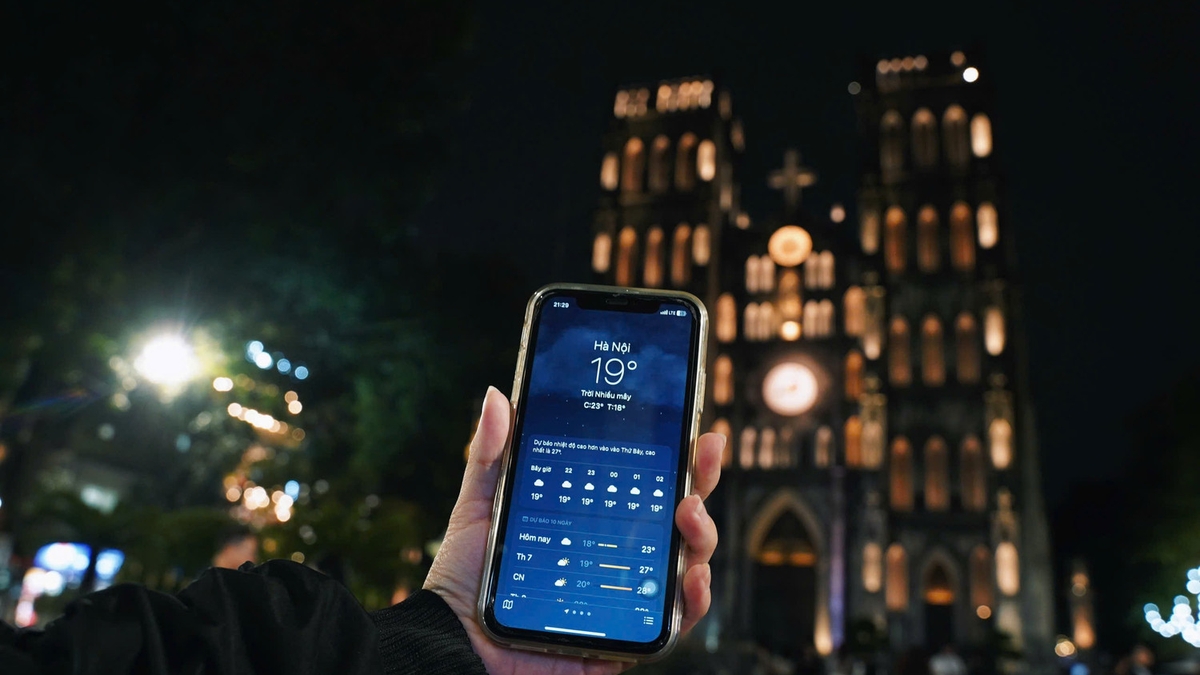




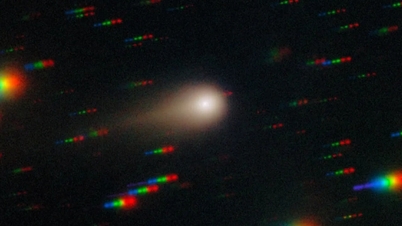

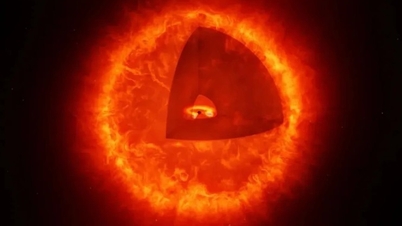

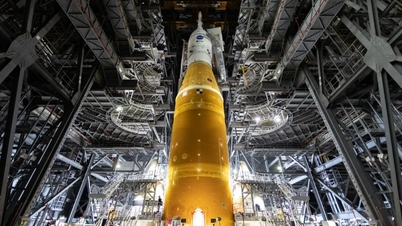






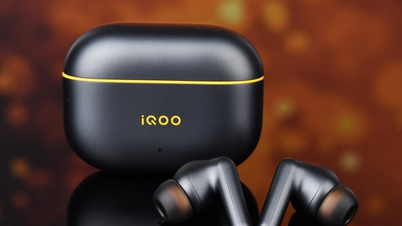
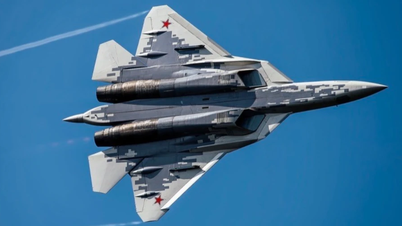


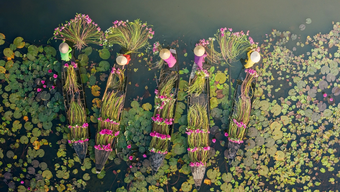







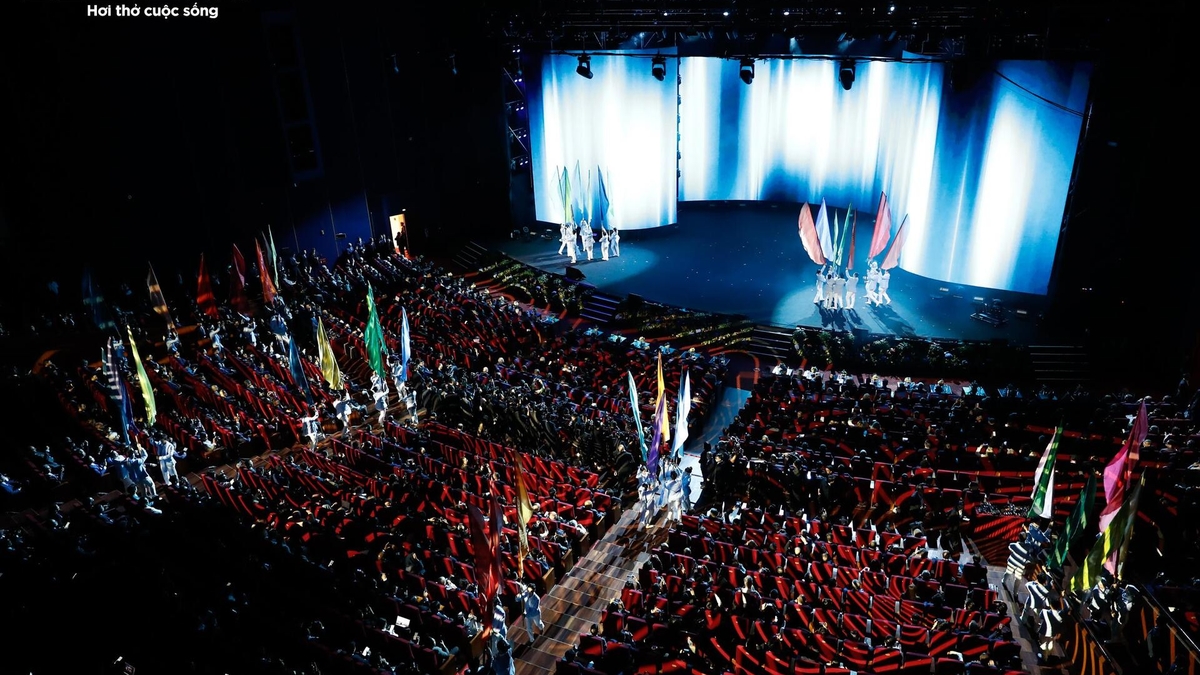
![[Photo] General Secretary To Lam meets with General Secretary and President of Laos Thongloun Sisoulith](https://vphoto.vietnam.vn/thumb/1200x675/vietnam/resource/IMAGE/2025/10/25/1761380913135_a1-bnd-4751-1374-7632-jpg.webp)



















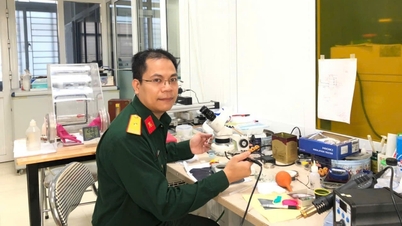












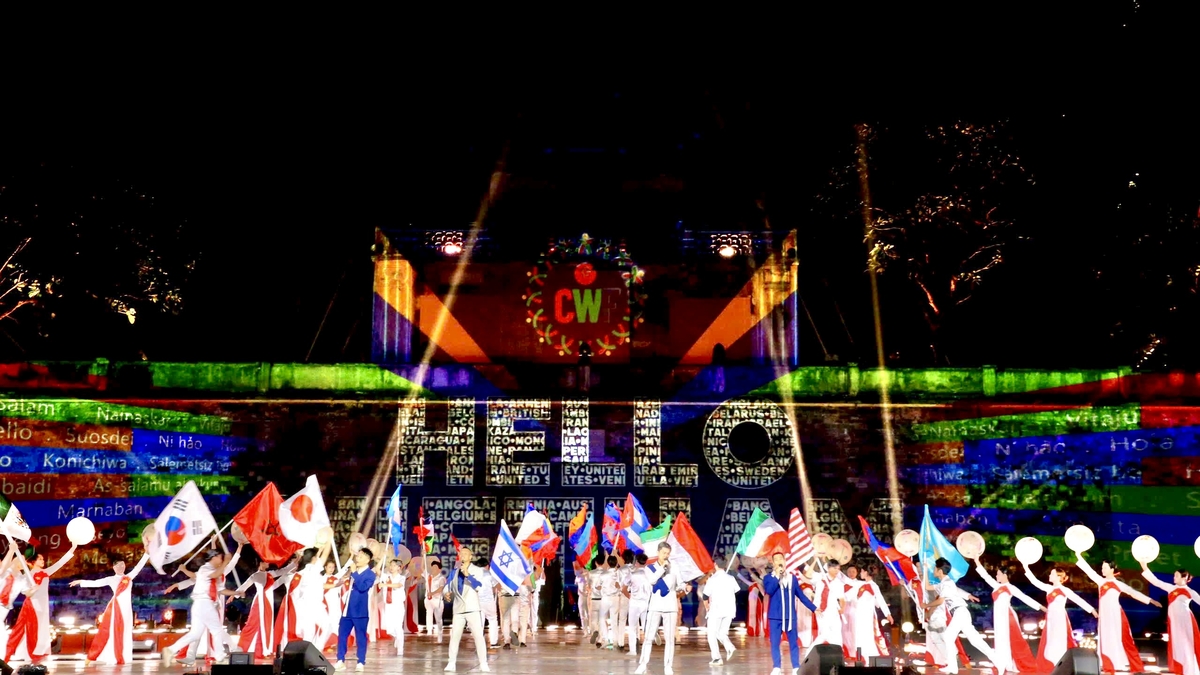







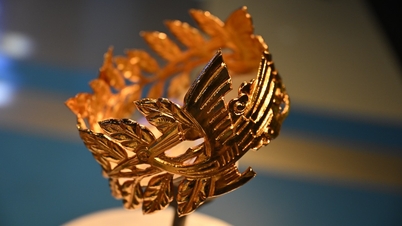




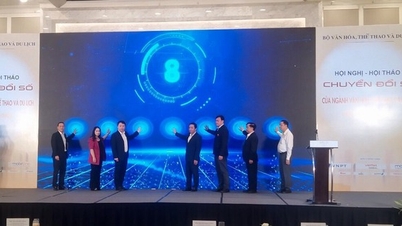































Comment (0)